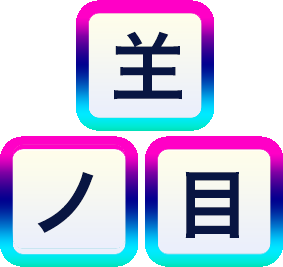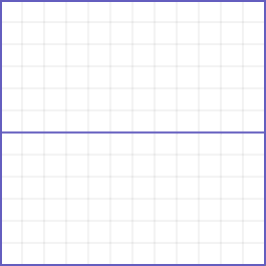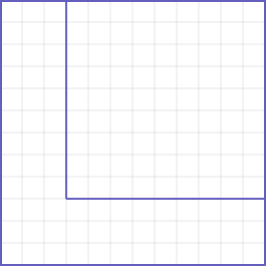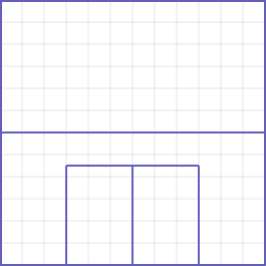Kanshudo Kanji Builder

How to use Kanji Builder to build your kanji knowledge
Kanshudo Kanji Builder is a fun and
challenging way to cement your knowledge of kanji! Read this guide to find out more.
1. The object of the game
The object of the game is to build a kanji from its components. It is actually
surprisingly difficult to remember which components make up a kanji, and where they go. Kanji Builder forces you
to recall the components and how they fit together. If you can remember the kanji's Kanshudo 'mnemonic', the short phrase
that links the kanji's meaning with the meanings of its components, you will find it much easier. For more on mnemonics and
how they help you learn kanji, read our guide, How to master the kanji.
Practicing building kanji will help them to stick in your mind. It's hard, but it's an effective way to learn,
and it can be very addictive!
2. Setting your preferences
Click here to set your preferences.
You can play Kanji Builder with random kanji at any level, or with a subset based on kanji usefulness.
You can play in two different modes: study mode, and high score mode. In study mode, after you build a kanji,
you can practice drawing it, and you'll also see links to study the components you were shown to choose from. (Learning the components and their
names is an important shortcut to learning kanji faster.) In high score mode, you have five lives, and your goal is to build as many kanji as you can.
You lose lives by guessing incorrectly or by using help. It's very challenging!
3. How to play
To play, just drag a component from the supplied list to the part of the grid you think it belong in, then let it drop.
If you are correct, it will 'stick'. If you are wrong, it will float back to the component list.
Once you have correctly dragged all the components to the grid, the display will change to show you the
normal handwritten version of the kanji, as well as the 'cascading kanji' view showing you the readings and meanings of the kanji
and all its components in one place.
The grid shows you roughly where the components should be placed in relation to each other. In general, just drag components
to the right squares - most kanji are formed of simple combinations of two or three elements next to or above each other.
For example, the very common kanji 見 (to see) is composed of two simpler components, 目 (eye), and 儿 (legs). This gives rise to
Kanshudo's mnemonic - 'an eye on legs can see'.

In some cases, components overlap. In these situations, when you drag a component over the grid, the box
that needs multiple components will be shaded a darker color. For example, let's try 発 (emission). This is composed of three components,
癶 (hairy legs), 二 (two) and 儿 (legs). However, 二 and 儿 need to be placed on top of each other. So in this case, when you drag a component
over the lower box, it will be shaded a darker color. Try to build 発 yourself now.
Some kanji use elements that surround other elements. In these kanji, the square which contains the surrounding element
will light up when you drag a component over it, but you can only
drop the kanji on the actual surrounding element.

Since most kanji components are themselves kanji that can be broken down further, it would theoretically
be possible to describe a complex
kanji as a collection of many components. However, we don't think this is helpful. When deciding which components to highlight,
we use the largest components that themselves have a meaning. As an example, consider 途 (another kanji meaning road). The top right
element 余 could be described as a combination of 𠆢 (man), 于 (from), and ハ (eight). However, since it is a kanji in its own right, meaning
'surplus', we present 途 as the combination of just 余 and ⻌.
Try to build 途 yourself now.
4. Impact on your kanji mastery score
When you correctly build a kanji in Kanji Builder, it will affect your kanji mastery score
for that kanji. If you correctly build the kanji with no mistakes, your mastery score will be increased to 3 (if it's already
higher than 3, it won't change). If you do make one or more mistakes, your score will be increased to 2.
Kanshudo is your AI Japanese tutor, and your constant companion on the road to mastery of the Japanese language.
To get started learning Japanese, just follow the study recommendations on your Dashboard.
You can use Quick search (accessible using the icon at the top of every page) to look up any Japanese word, kanji or grammar point, as well as to find anything on Kanshudo quickly.
For an overview, take the tour.

